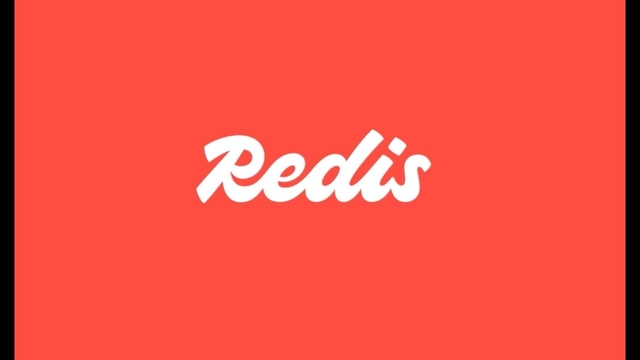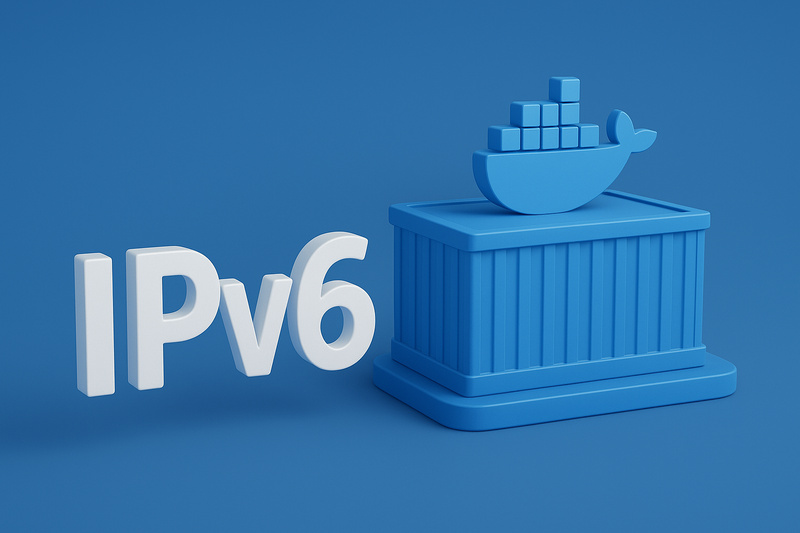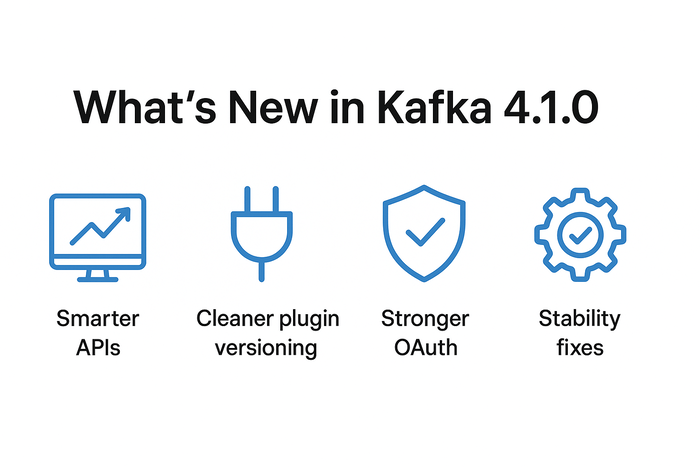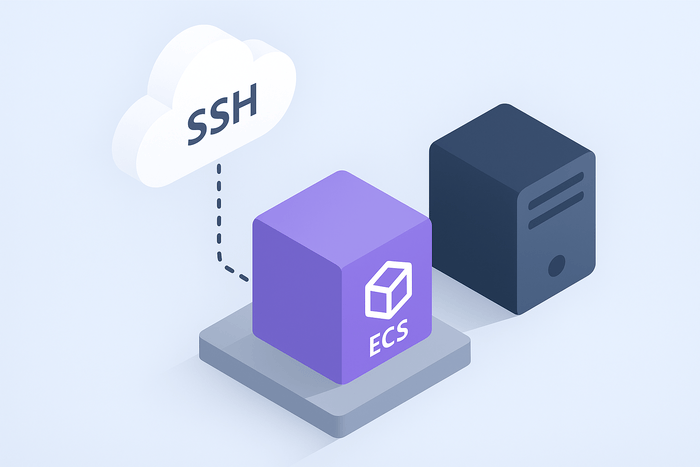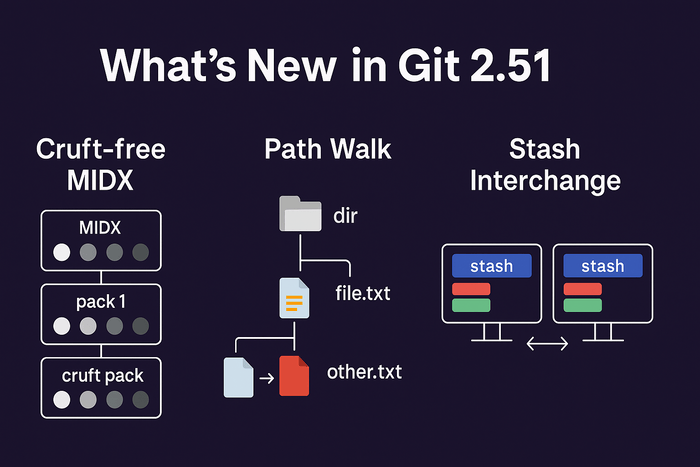Redis 8 marks a significant milestone in the evolution of the popular in-memory database. This release not only introduces groundbreaking features and performance enhancements but also signifies a return to true open source roots with the adoption of the AGPLv3 license. Let’s delve into what makes Redis 8 a game-changer for developers and organizations alike.
Redis 8: Unleashing New Capabilities
1. Integration of Advanced Data Structures
Redis 8 consolidates various modules into its core, providing a unified and streamlined experience. Key additions include:
- Vector Sets (Beta): A new data type designed for high-dimensional vector similarity search, catering to AI and machine learning workloads.
- JSON Support: Native handling of JSON documents, facilitating seamless storage and retrieval of structured data.
- Time Series: Efficient management of time-stamped data, essential for monitoring and real-time analytics.
- Probabilistic Data Structures: Inclusion of Bloom filters, Cuckoo filters, Count-Min Sketch, Top-K, and T-Digest, enabling memory-efficient approximate computations.
2. Enhanced Performance
Redis 8 delivers over 30 performance improvements, making it the most performant version to date:
- Command Latency Reduction: Up to 87% faster command execution.
- Increased Throughput: Doubling operations per second through improved multithreading.
- Optimized Replication: 18% faster replication processes.
- Scalable Query Processing: Up to 16x more query processing power with the Redis Query Engine.
3. Unified Redis Distribution
By merging Redis Stack and Community Edition into a single distribution, Redis 8 simplifies the developer experience. This consolidation ensures that users have access to the full suite of features without the complexity of managing separate modules.
Embracing Open Source: The AGPLv3 License
1. Return to Open Source Roots
In response to community feedback and to reaffirm its commitment to open source principles, Redis has adopted the OSI-approved AGPLv3 license. This move restores Redis’s status as a truly open source project, fostering greater collaboration and transparency.
2. Addressing Previous Licensing Concerns
The shift to AGPLv3 comes after a period under the SSPL license, which was met with criticism for not aligning with open source standards. By offering AGPLv3 as an additional licensing option, Redis aims to rebuild trust within the developer community.
3. Encouraging Community Engagement
The return of Redis creator Salvatore Sanfilippo as a developer evangelist has been instrumental in this transition. His involvement underscores Redis’s dedication to its community and open source ethos.
Getting Started with Redis 8
Redis 8 is now generally available and can be accessed through various platforms:
- Docker Hub: For containerized deployments.
- Snap and Homebrew: For easy installation on Linux and macOS systems.
- Traditional Package Managers: For integration into existing Linux environments.
For more information and to download Redis 8, click here.
Redis 8 represents a significant leap forward, combining cutting-edge features with a renewed commitment to open source values. Whether you’re building high-performance applications or exploring new frontiers in AI, Redis 8 provides the tools and freedom to innovate. You can read the official announcements for Redis 8 and the Opensource announcement.

